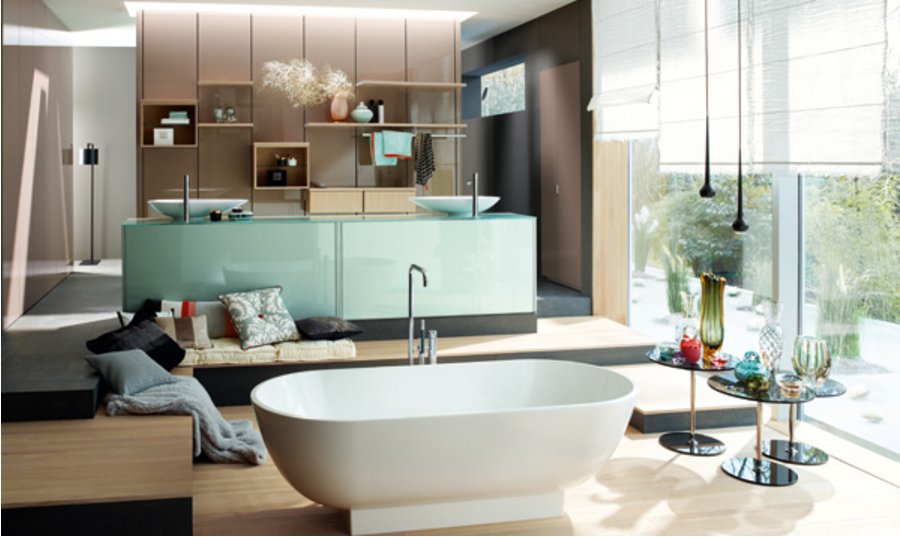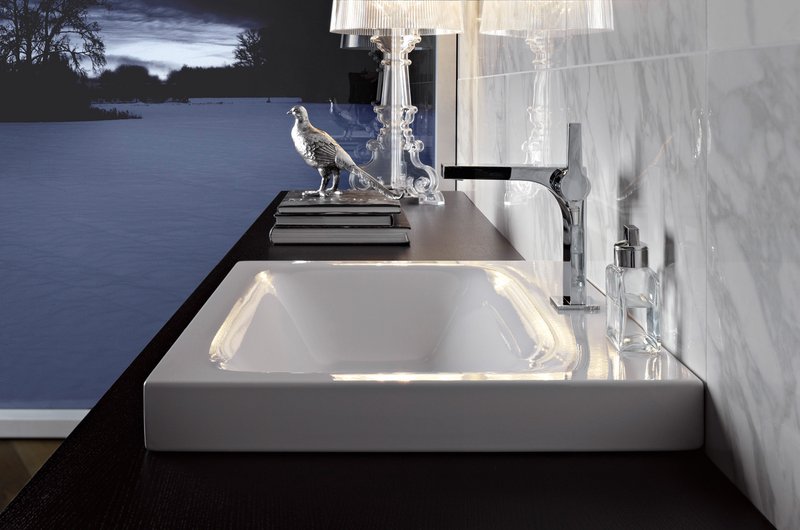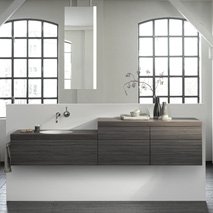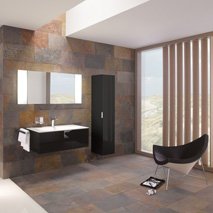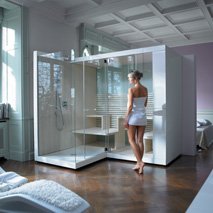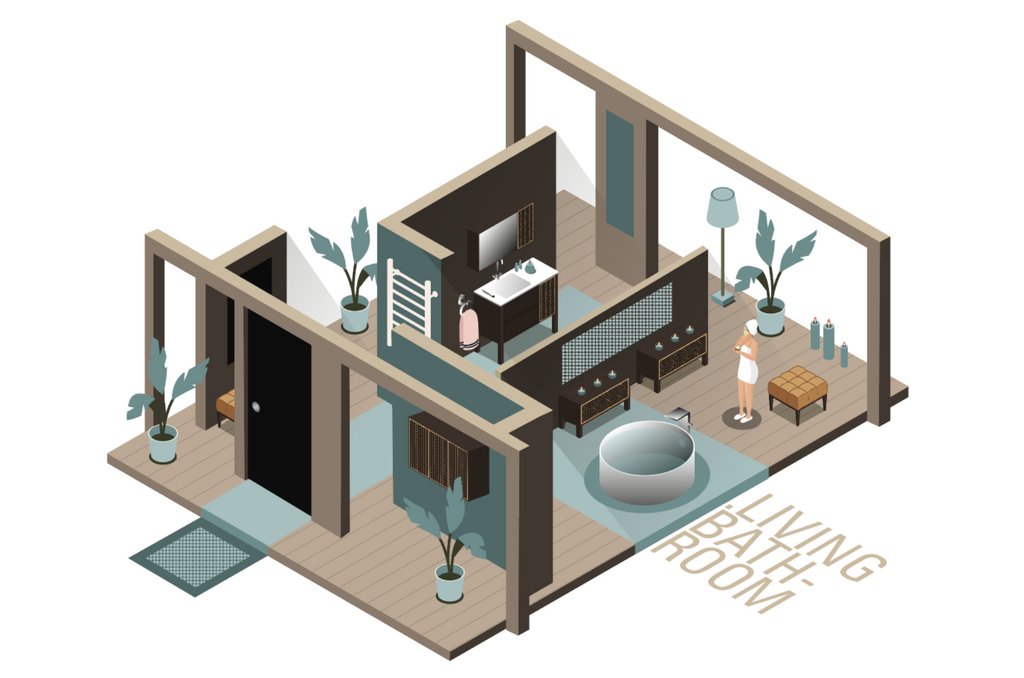The parameters for the things that matter in life have shifted. Many people feel as if the demands they have to satisfy are becoming more and more intense – not just at work but in their private lives too; both areas seem increasingly dominated by time pressure – and by the aspiration that they should provide something resembling fulfiment. In this world view, couch potatoes are the antiheroes. "Live individually, but more than anything else, live life to the full" is the credo of our times. And it's not unusual for us to embark on this obligatory quest for self-fulfilment in our private lives.
Nowadays, even when it comes to socialising, much of all this takes place at home, where it is expressed in material form by things like kitchen furnishings, home entertainment gadgets, the garden or DIY equipment. Individualisation and pleasure almost seem to have become fundamental rights. At the same time, pleasure is closely linked with physical experiences, which are deliberately brought about and celebrated by means of exercise, good food, health maintenance and relaxation. Mental strategies and cultural factors are playing a growing role in this quest as well. It is a complex and multifaceted concept that is commonly known as the "wellness" principle.
Yet whereas the bathing culture of earlier generations was more of a social event, nowadays we withdraw to the seclusion of a spa to partake of ayurvedic treatments, therapeutic fasting or thalassotherapy. Or simply to be pampered. When it comes to the wellness experience, private luxury is uppermost – that goes for a fancy hotel room just as much as for a wellness weekend on a nature reserve or a voucher for a visit to the day spa. And it is precisely this feeling that more and more customers want to experience in their private bathrooms.
And that is why, besides their enhanced features – from atmospheric lighting all the way to big, individually programmable showers with light, sound and massage effects – new bathrooms look totally different to the functional spaces of the past as well. Technology is being hidden away inside bathroom furniture, the walls are being plastered or tiled like something out of One Thousand and One Nights, wooden floorboards are being laid and lighting systems installed, walls are being lined with shelving units or even broken down and replaced with space-defining modules. There's no escaping the fact: the bathroom is becoming cosier, both in terms of the materials that can be used and the way the space is used and equipped.
This lifestyle trend calls for a new spatial concept. The models the sanitary industry has developed for the purpose exhibit many different elements – from a cosy feel or diff erentiated functions all the way to sumptuously staged water or rainfall showers – which, taken by themselves, are not in the least bit revolutionary. Yet when they are combined in a meaningful way, they give rise to an innovative and ambitious type of bathroom: the Private Spa. In the bathroom, wellness becomes culture, and this culture takes concrete shape in the Private Spa.
However, the Private Spa is also the expression of a new understanding of luxury, which lies in finding the time and space needed to guarantee physical and emotional wellbeing. For when it comes to the Private Spa, the "private" component is almost more important than the "spa effect": only when we can shut ourselves away from public life (regardless of whether it's our working or social life, both of which are becoming increasingly present within our own four walls as a result of homing) can we find the distance we need in order to relax and find our true selves. The purist is more likely to favour a less-is-more design principle and seek an ambience that is as natural as possible or experiences that make him feel as close to nature as possible. But the luxurious version of the Private Spa – equipped with things like a steam sauna, hi-fi system, TV, digital controls, bookshelves, fi replace and armchair – provides the prerequisites for relaxation too: a sense of security and harmonious aesthetics that incorporate both man-made material qualities and the elemental energy of water. Private Spa is a bathroom concept that transforms routine into ritual and water into an experience.
